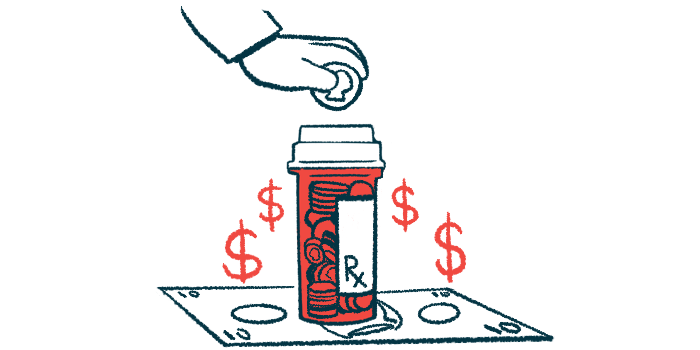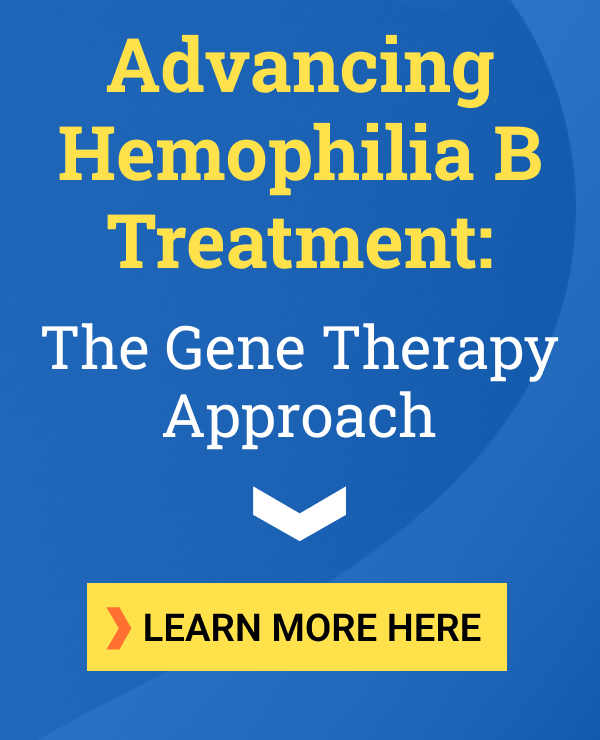Prophylaxis tops on-demand hem A treatment in cost-effectiveness
Costs driven by multiple joint bleed treatments, study in China finds

Prophylactic replacement therapy to prevent bleeds was more cost-effective than on-demand treatment of active bleeds for children and adolescents in China with moderate or severe hemophilia A without inhibitors, a study reported.
The superior cost-effectiveness of prophylaxis over on-demand treatment was mainly driven by the on-demand costs of treating multiple joint bleeds within a few months, according to the researchers.
The study, “Cost-effectiveness Analysis of Prophylaxis Versus On-demand Treatment for Children With Moderate or Severe Hemophilia A in China,” was published in Clinical Therapeutics.
Hemophilia A is caused by genetic mutations that lead to a deficiency or dysfunction of factor VIII (FVIII), a protein necessary for blood clotting. Without functional FVIII, blood takes longer to clot, resulting in prolonged and excessive bleeding that can occur both externally and internally.
The cornerstone of hemophilia A treatment is FVIII replacement therapy, in which a version of the missing or defective clotting protein is given via an into-the-vein, or intravenous, infusion. This type of treatment can be used prophylactically to prevent or reduce the frequency of bleeds or on an on-demand basis to treat active bleeds.
Cost-effectiveness models
Evidence indicates that prophylactic replacement therapy may be a better choice than on-demand treatment because regular infusions reduce the frequency of bleeding episodes, prevent complications such as joint disease (arthropathy), and improve patients’ quality of life.
Prophylaxis has outperformed on-demand treatment for cost-effectiveness in several studies. But the researchers said it was unclear whether prophylaxis has “reached the point of being considered ‘good value of money’ in China.”
They conducted a retrospective cost-effectiveness study on 640 children, ages 2-18, with moderate or severe hemophilia A without FVIII inhibitors (neutralizing antibodies against FVIII).
A total of 373 children were on prophylaxis (twice weekly), and 267 received on-demand treatment during an acute bleeding episode.
Patients in the prophylaxis group were younger than those in the on-demand group (mean age 7.56 vs. 8.39). The prophylaxis group also had a higher proportion of severe cases (mean 71.85% vs. 64.48%), with children also having a lower mean weight (29.66 vs. 33.28 kg).
The team employed a modeling technique that used clinical outcomes and drug costs to estimate and compare each treatment’s cost-effectiveness. Clinical outcomes, as reported by the patient’s guardian, were divided into four states: no joint bleeds, one joint bleed, at least three joint bleeds over the course of three months, and death. Drug costs were collected from the Hemophilia Home Care Center in China.
Modeling results indicated that prophylaxis was consistently associated with higher overall quality-adjusted life years (QALY) compared with on-demand treatment (9.59 vs. 6.85). QALY is a measure of disease burden that incorporates quality of life and the number of years lived, with one QALY corresponding to one year of perfect health.
Prophylaxis also outperformed on-demand treatment in the incremental cost-effectiveness ratio (ICER), or the difference in costs divided by the difference in outcomes. That measure favored prophylaxis by $12,151.35 per QALY gained.
This ICER value was mainly influenced by the on-demand treatment costs associated with having at least three joint bleeds over three months.
Further analysis showed an ICER value of $12,151.35 was lower than a willingness-to-pay (WTP) threshold of $38,212.74, which estimates how much a consumer would be willing to pay for a health benefit. Researchers set the WTP at three times China’s per capita gross domestic product. At this WTP threshold, prophylaxis was more likely to be cost-effective than on-demand treatment, according to a probability sensitivity analysis.
When the WTP threshold was lowered to $14,859, prophylaxis was still more cost-effective than on-demand treatment. When the WTP threshold was raised to $74,294, prophylaxis’ likelihood of being cost-effective was close to 100%.
The results showed that “it can be suggested that the [prophylaxis] regimen be used for moderate or severe [hemophilia A] patients,” the researchers wrote. “Policymakers and health managers should increase insurance coverage and reduce the out-of-pocket payments of these patients,” they wrote.








